Car Review: Citroen C4 Cactus (2018)
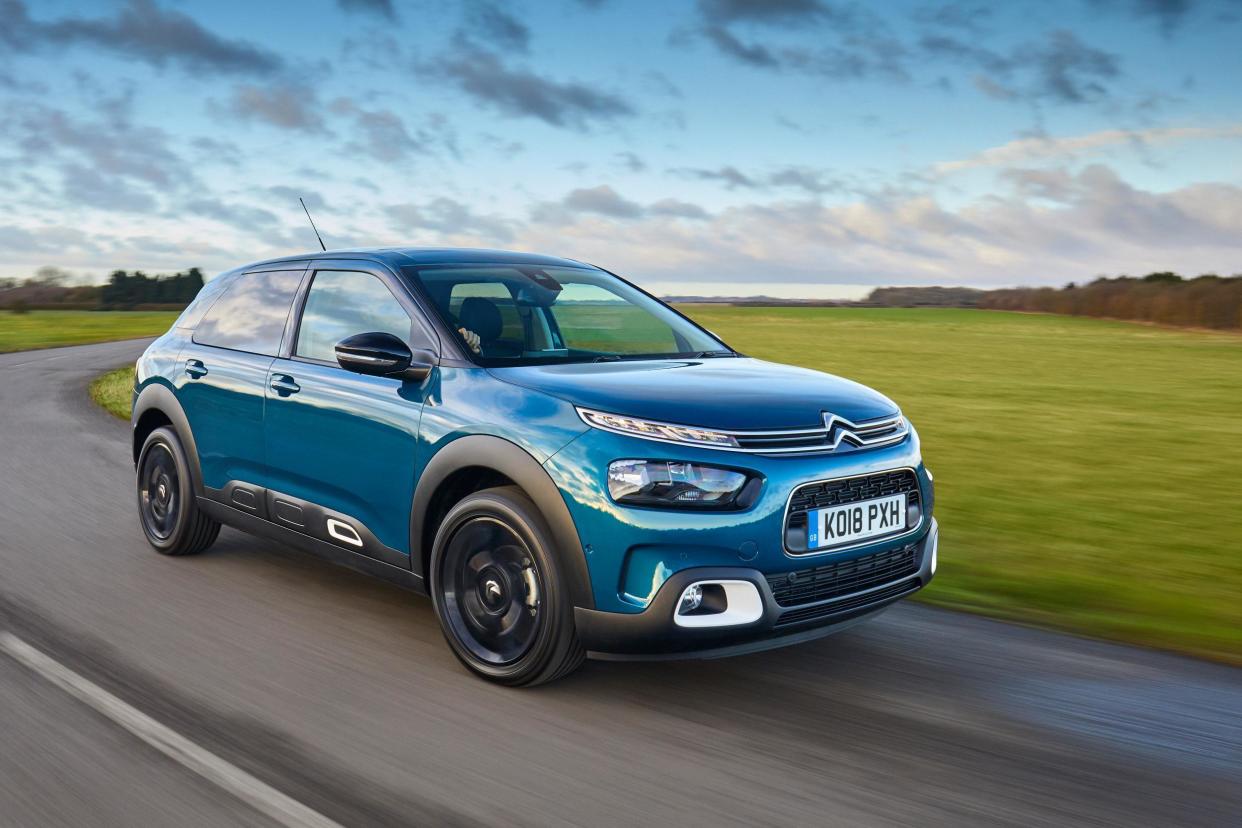
I have good and bad news for fans of the Citroen C4 Cactus. It’s had a facelift and, unlike most such interventions, the result is to make the patient look older rather than younger. Or more accurately, more grown up, more serious, more mainstream.
Gone are those big lumps of plastic cladding that used to be stuck to the doors, the “air bumps” as they were called, which made it such a distinctive little thing. Think of that as a form of automotive liposuction. Also gone are the wackier colours and the more outre personalisation options you used to be able specify (more of a fashion makeover, that, in human terms).
The Cactus has got off lightly though, compared to Citroen’s euthanising of their slow-selling C4 hatchback, a conventional five-door family car that tried and failed to crack the segment dominated by the Ford Focus, Vauxhall Astra and VW Golf. So they’ve put it out of its misery, and the Cactus variant now has to fill two roles, competing with that mainstream medium-sized hatch gang, as well as the vast collection of compact SUVs or crossovers that now dominate buyers’ preferences. Can it do it?
That’s where the good news comes in. The stylists’ scalpel has been at work around the front, and to great effect. The Cactus gets a proper full-length grille, a sort of Botox treatment, and enjoys a few other nips and tucks and scoops around the “face” that make it look more like an Audi than anything.
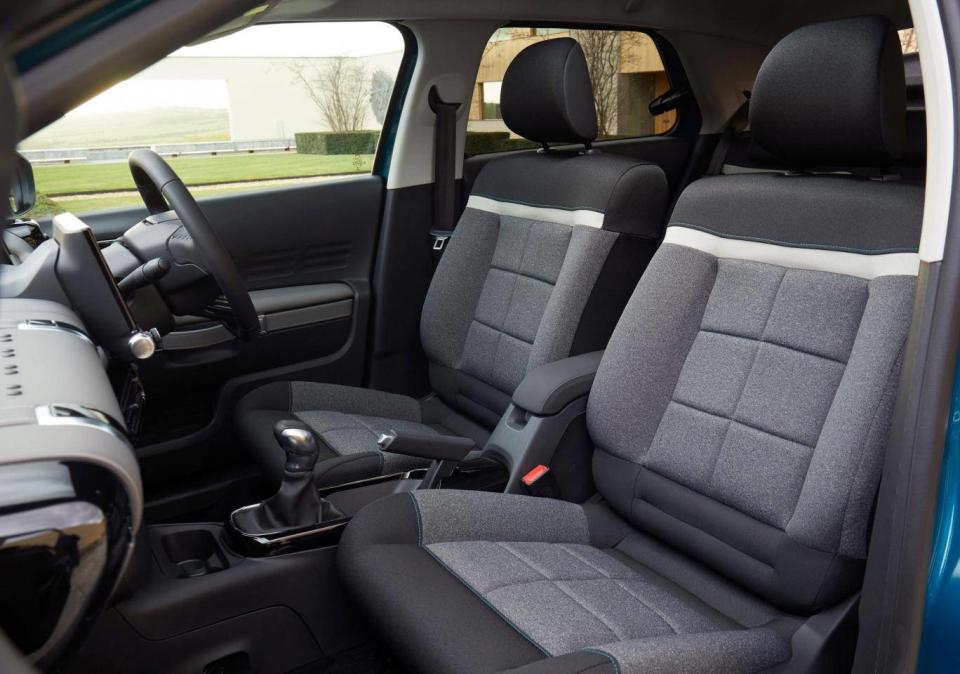
The Cactus interior gets a more thorough upgrade with bigger fatter comfier seats all round, plus classier materials and new graphics for the touch screen. The old instrument panel remains, with a digital numerical readout for your speed rather than a dial, and no rev counter. More welcome is a sat nav that is much improved on many other Peugeot Citroen Group products. The leather used in the more luxurious trim levels is impressively supple, and there’s also a full length one-piece glass roof as an option, which makes things very light indeed indoors. So you can see as well as feel the quality they’ve tried to put into the Cactus.
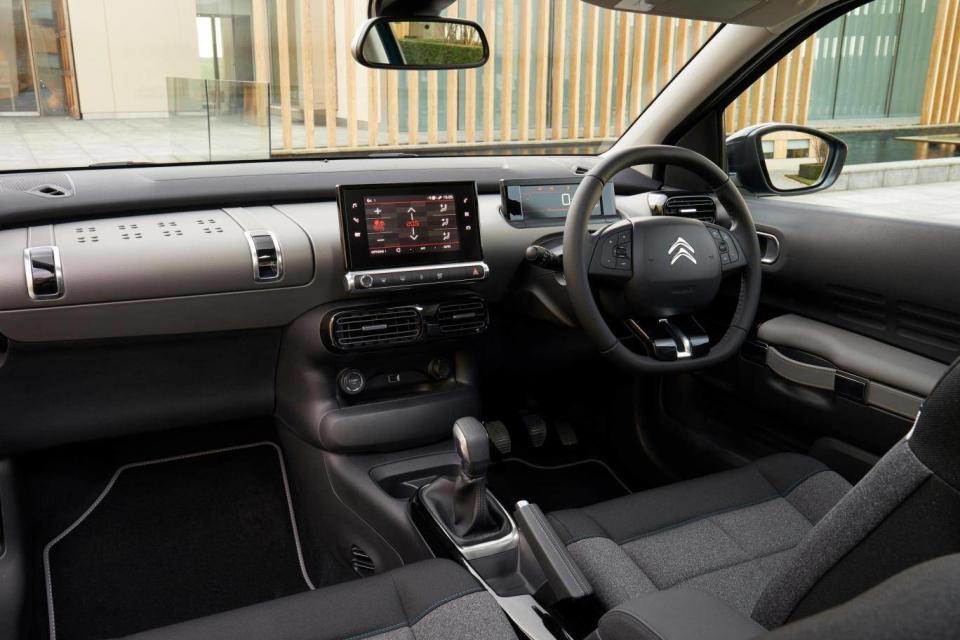
Comfort is now the theme for Citroen. Their slogan is “Comfort is the New Cool”. This is sensible, given Citroen’s historic record in this field. Once upon a time Citroen’s pioneering hydropneumatic suspension was adopted by Rolls-Royce, so superlative was the ride it offered. Now Citroen are, in a rather modest way, reviving that tradition with “progressive hydraulic cushions” fitted to all Cactus models. These comprise a couple of extra gas cylinders on the dampers, basically, rather than some elaborate air suspension system. It’s nothing that adventurous I must say, and not quite the “magic carpet” ride they claim – but it definitely gives the car a different and softer feel. The Cactus never had many pretensions to sportiness, and it is now trying to make a case for itself straightforwardly as the most comfort you can buy in this class. The combination of revised damping and softer seating does, to be fair, soak up the bumps extremely well. Families on long journeys should appreciate that.
They’ve also used the cash they saved on designing a new C4 hatch to add sound insulation around the engine compartment and thicker glass, which again are welcome improvements on the old car, and all for only a slight increase in like-for-like pricing.
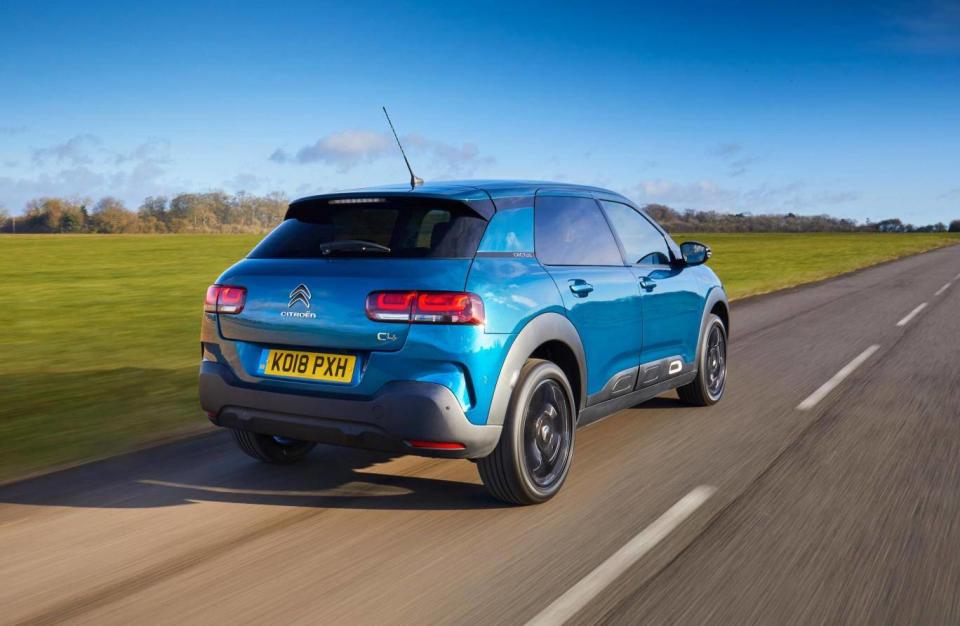
Of all the variants, the model that makes the best case for itself is the basic 1.6 diesel. It benefits from all the important mechanical changes, and you can easily do without the button starter and the huge one-piece glass roof (which might make things a bit sticky in summer, if you can imagine sunny days in Britain). Five gears (rather than six) are also more than enough with such an excellent advanced power unit. It’s tractable, quiet, and the Cactus, as ever, combines a compact footprint with reasonable space indoors. It’ll set you back about £19,000. Alternatively, there’s a fairly low-powered Feel Edition for the launch of the car (you can order now with deliveries in April or May), at £17,000. Top-of-the-range models cost another £3,000 or £4,000 in “Flair” trim, with some extra comfort and tech packs including near-autonomous parking, which has to be a boon for the school run, and auto emergency braking. These will make your Cactus an even more cosseting and safe environment, though you may find you don’t get your investment back when the time comes to renew your PCP contract, trade in or sell you prize Cactus.
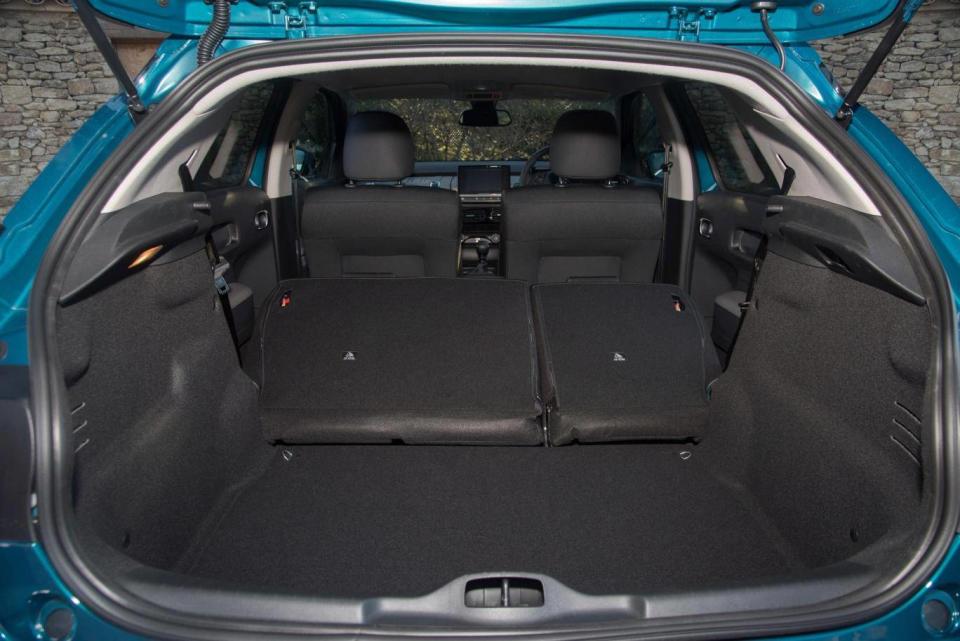
There’s a new petrol unit too, a small three-cylinder petrol unit, but otherwise the engine and gearbox options are as before – this generation of PSA engines are economical and powerful, and in the Cactus claim to weigh less than any competitor; it has the bonus of making them pretty green too... leaving the diesel controversy to one side, that is.
For those used to the old Citroen Picasso people carriers, it will be a bit cramped, especially in the back – and the boot isn’t as versatile, but nowadays people seem to want a high car above all else, so to speak.
So the Cactus has had its mid-life crisis, and enjoyed some cosmetic and more substantive reforms. It does indeed looks more mature. The attractive basic lines always are retained, and have aged gracefully, which is just as well given that the Cactus will have to soldier on in a tough market for another few years yet. I miss the air bumps, though.

 Yahoo News
Yahoo News 
